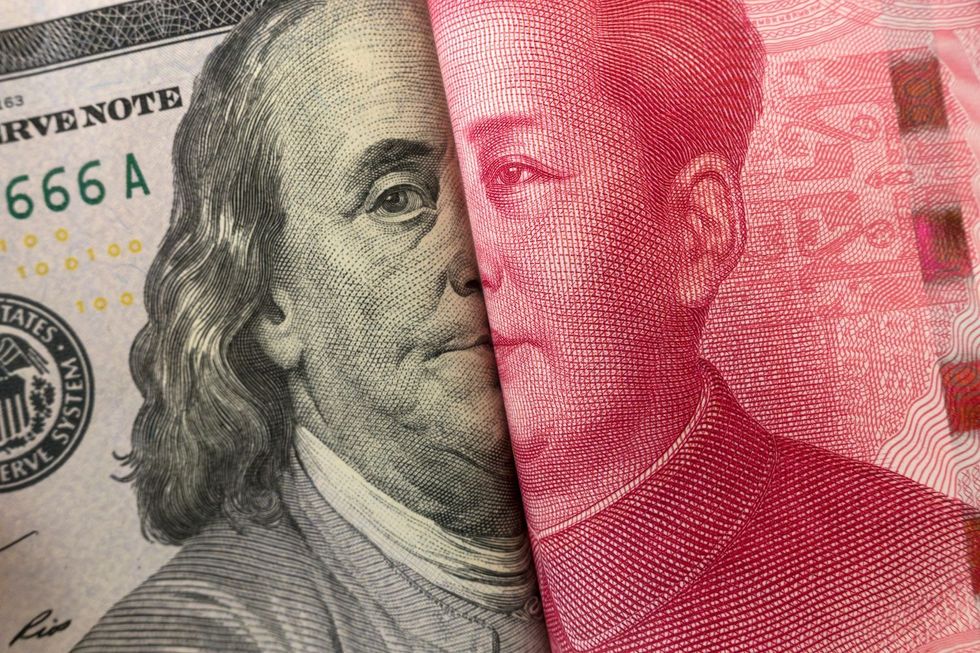Trade War Redux: US and China Dig In as Tariff Tensions Spiral to New

In a rapidly escalating economic conflict that now threatens to fracture global trade, the US and China are locking horns once again in a full-blown, protracted tariff war.
On Wednesday (April 9), US President Donald Trump announced sweeping new tariffs targeting Chinese goods, raising levies to a staggering 125 percent. Hours later, Beijing responded in kind, unveiling retaliatory tariffs of 84 percent on all American imports, as well as tightening restrictions on US companies operating in China.
The Asian country doubled down on Thursday (April 10), hiking tariffs to 125 percent.
Wednesday’s action from the US came as the Trump provided a 90 day pause on reciprocal tariffs for countries that had refrained from retaliating to its targeted tariffs last week. China was excluded from the reprieve because it did retaliate.
“I did a 90-day pause for the people that didn’t retaliate, because I told them, ‘If you retaliate, we’re going to double it,’” Trump told reporters on Wednesday, asserting that China has failed to approach negotiations in good faith.
“China wants to make a deal, they just don’t know how quite to go about it. They’re proud people. President Xi (Jinping) is a proud man. I know him very well. They don’t know quite how to go about it but they’ll figure it out,” he added.
But in Beijing, the narrative is starkly different. Chinese leader Xi has refused to yield to what the Chinese government calls America’s “unilateral bullying,” instead rallying domestic support through a campaign of economic nationalism.
China’s State Council Tariff Commission has sharply rebuked the US, stating that the American escalation severely infringes upon China’s legitimate rights and interests and seriously damages the global trading system.
It has added six US firms to its “unreliable entity list,” barred 12 American companies from receiving dual-use technology with military and civilian applications, and filed a formal complaint with the World Trade Organization (WTO).
“The Chinese government have been preparing for this day for six years — they knew this was a possibility,” CNN quotes Victor Shih, director of the 21st Century China Center at the University of California, San Diego, as saying.
The spiraling tariffs are already having tangible effects. Shipping and logistics costs have surged, global stock markets have dipped sharply and economists are warning of looming inflation as supply chains face disruption.
According to JPMorgan (NYSE:JPM), American consumers may face the equivalent of a US$660 billion tax burden — the highest tax hike in recent decades — before supply chains adapt.
The latest tit-for-tat measures also come at a time of economic vulnerability for both countries. China is attempting to stabilize its economy after a severe downturn in real estate and local government debt.
The US, meanwhile, is grappling with volatile debt markets and rising consumer prices. Just this week, US Treasury yields…
Read More: Trade War Redux: US and China Dig In as Tariff Tensions Spiral to New
